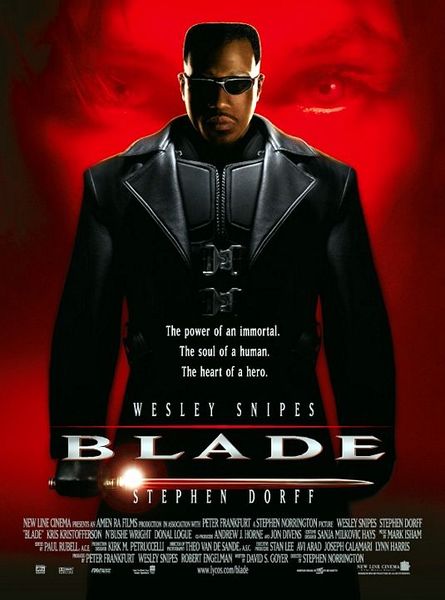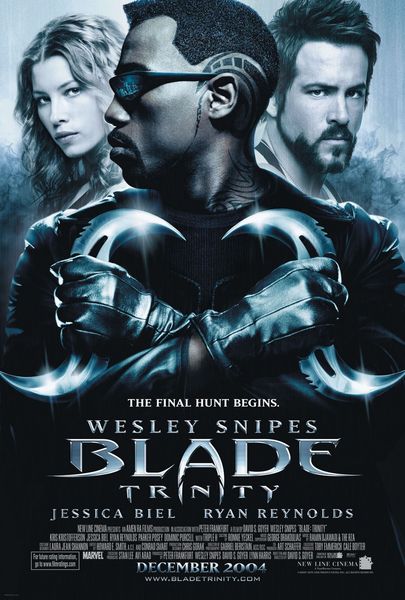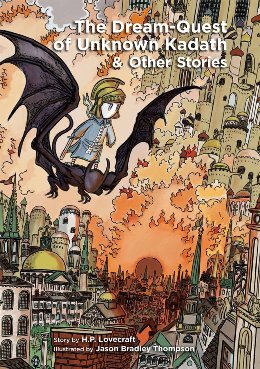Future Treasures: Where the Time Goes by Jeffrey E. Barlough
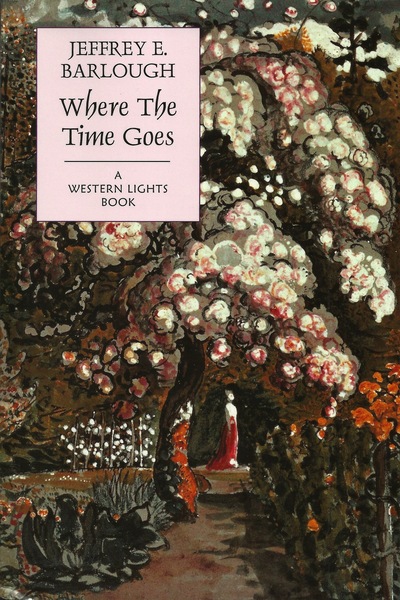 |
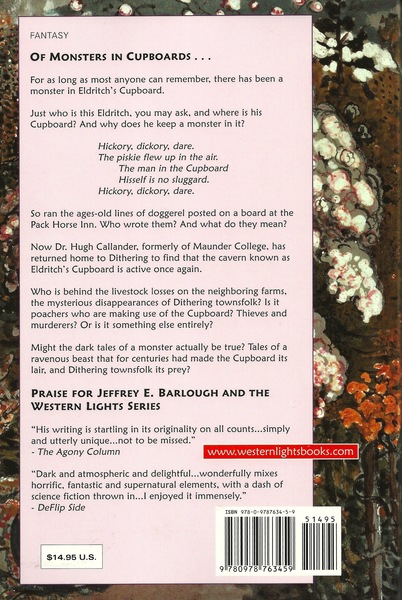 |
Back in July, Fletcher Vredenburgh reviewed the opening novel in Jeffrey E. Barlough’s Western Lights series here at Black Gate.
I’m not exactly sure what made me buy Dark Sleeper… I’m thinking it was more the Jeff Barson painting of woolly mammoths pulling a coach across a dark, snow swept landscape. Whatever the reason, I’m happy I did, as the book turned out to be a very strange and often funny trip through a weird and fantastical post-apocalyptic alternate reality.
In Barlough’s fictional world the Ice Age never fully ended. With much of its north covered by ice and snow, medieval England sent its ships out around the world looking for new lands… With great cities such as Salthead and Foghampton (located around the same places as Seattle and San Francisco), the western colonies flourished and expanded. Then, in 1839, terror struck from the heavens… Something crashed into the Earth, and almost instantly, all life except in the western colonies, was obliterated and the Ice Age intensified. Now, one hundred and fifty years later, the “the sole place on earth where lights still shine at night is in the west.”…
For nearly twenty years now Barlough has been creating a truly unique series that has seems to have escaped too many readers’ attention… If you have the slightest affinity for the works of Charles Dickens, Wilkie Collins, or the steampunk works of Tim Powers and James Blaylock, then I highly recommend Dark Sleeper.
The ninth novel in the series, Where the Time Goes, sees Dr. Hugh Callander return home to find the town of Dithering gripped by fear. Livestock are being lost, and townsfolk are mysteriously disappearing. Is it poachers, thieves or murderers? Or might the ancient tales of a ravenous beast in the nearby cavern of Eldritch’s Cupboard be true? Where the Time Goes arrives in trade paperback from Gresham & Doyle on October 31st.
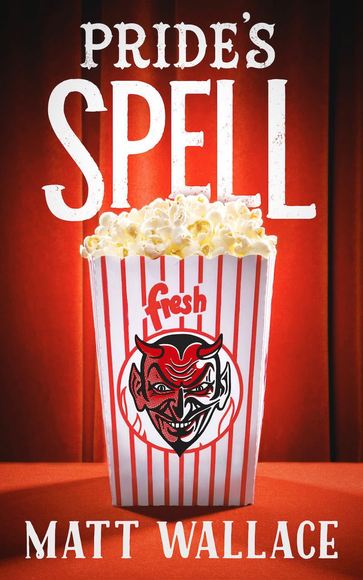
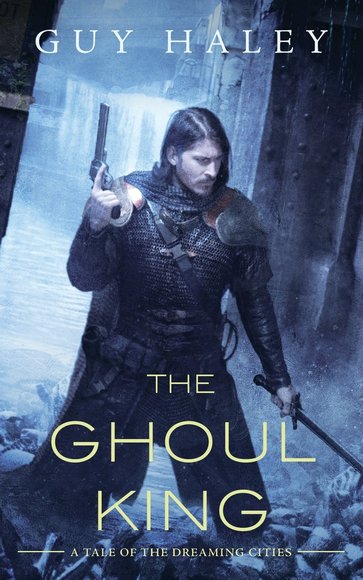
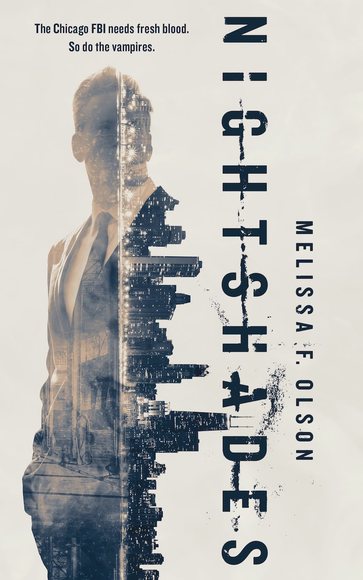
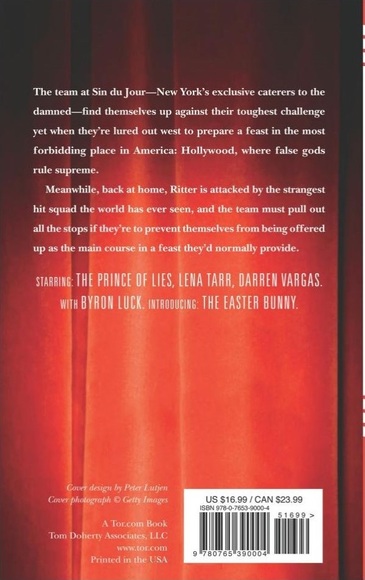
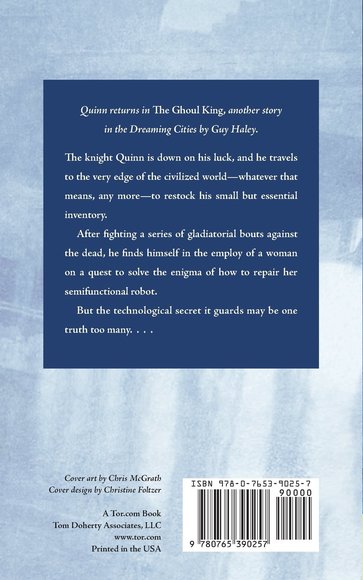
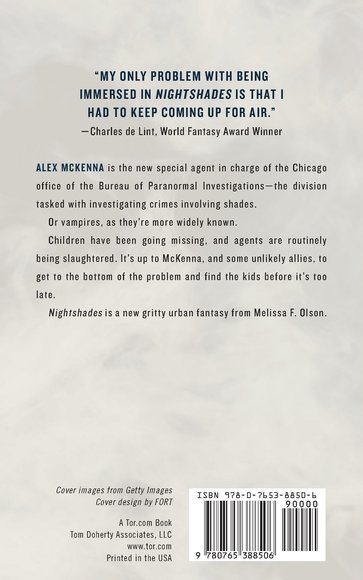
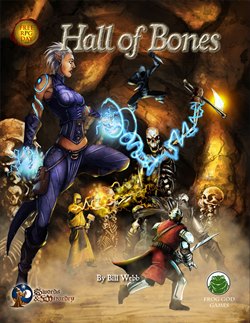
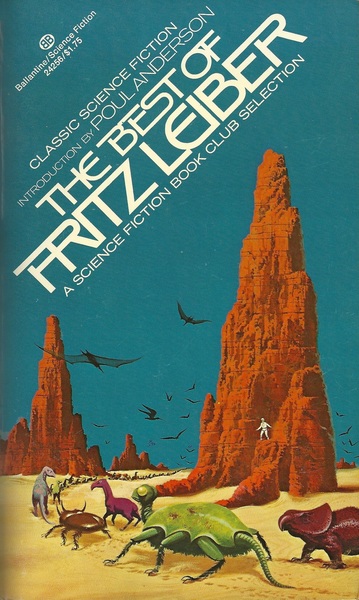

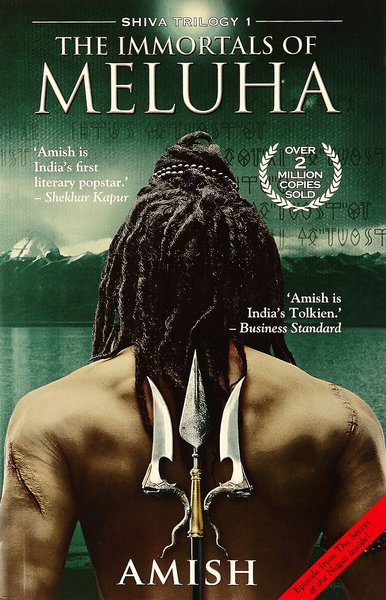
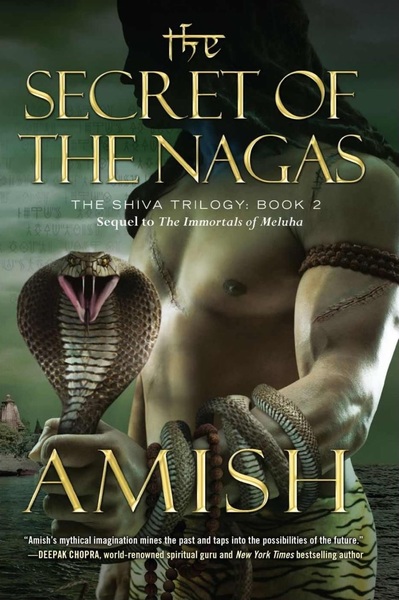
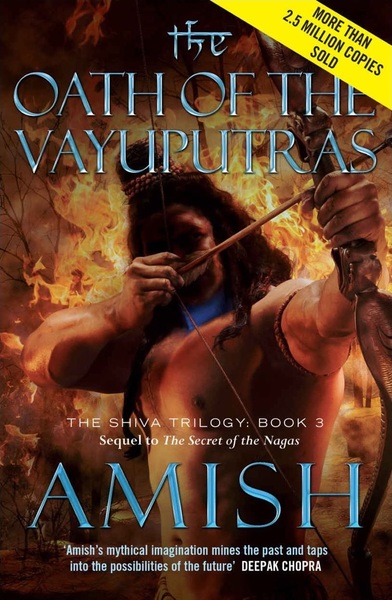
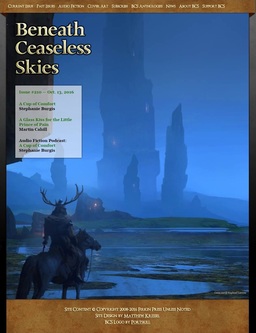
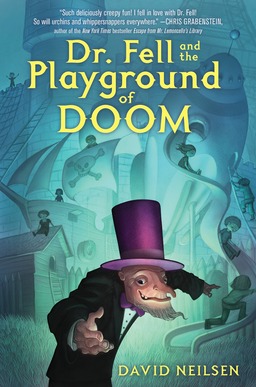
 “It’s an accepted fact that all writers are crazy; even the normal ones are weird.” Wm. Goldman
“It’s an accepted fact that all writers are crazy; even the normal ones are weird.” Wm. Goldman